Join newsletter
& be up to date!
Students identify some of their own genetic traits, such as whether or not they are able to taste the bitterness of PTC or roll their tongues. Then they model homologous chromosomes to demonstrate how reproduction results in the inheritance of genetic variation. Punnett Squares are used to apply concepts of statistics and probability to predict the distribution and variation of expressed traits in examples from humans, plants, and animals. Students use a randomized selection process to model the observed occurrence of allele frequency to compare to statistically expected outcomes of crosses. Phenotypes, genotypes, monohybrid and dihybrid crosses, test crosses, dominance, incomplete dominance, codominance, and recessives are discussed. Includes worksheets, data sheets, and complete answer keys. Designed for 24 students working in six groups of four.
Grades 6-10
Related Products
Orbit Preview DNA Model
$407.29ANTI-A, ANTI-B LYOPHILIZED SERUM SET
$220.68MINI DNA 12 LAYERS
$53.24GENETICS II
$505.29BLOOD TYPING SIMUTYPE (RH)
$372.88SIMUTYPE (ABO)
$308.95DNA MODEL KIT (WITHOUT PAINT)
$164.36AIDS SIMUTEST KIT
$462.67ELECTROPHORESIS APPARATUS
$259.55BLOOD TYPING KIT (ABO & RH)
$418.54*Don’t worry, we won’t spam our customers mailboxes

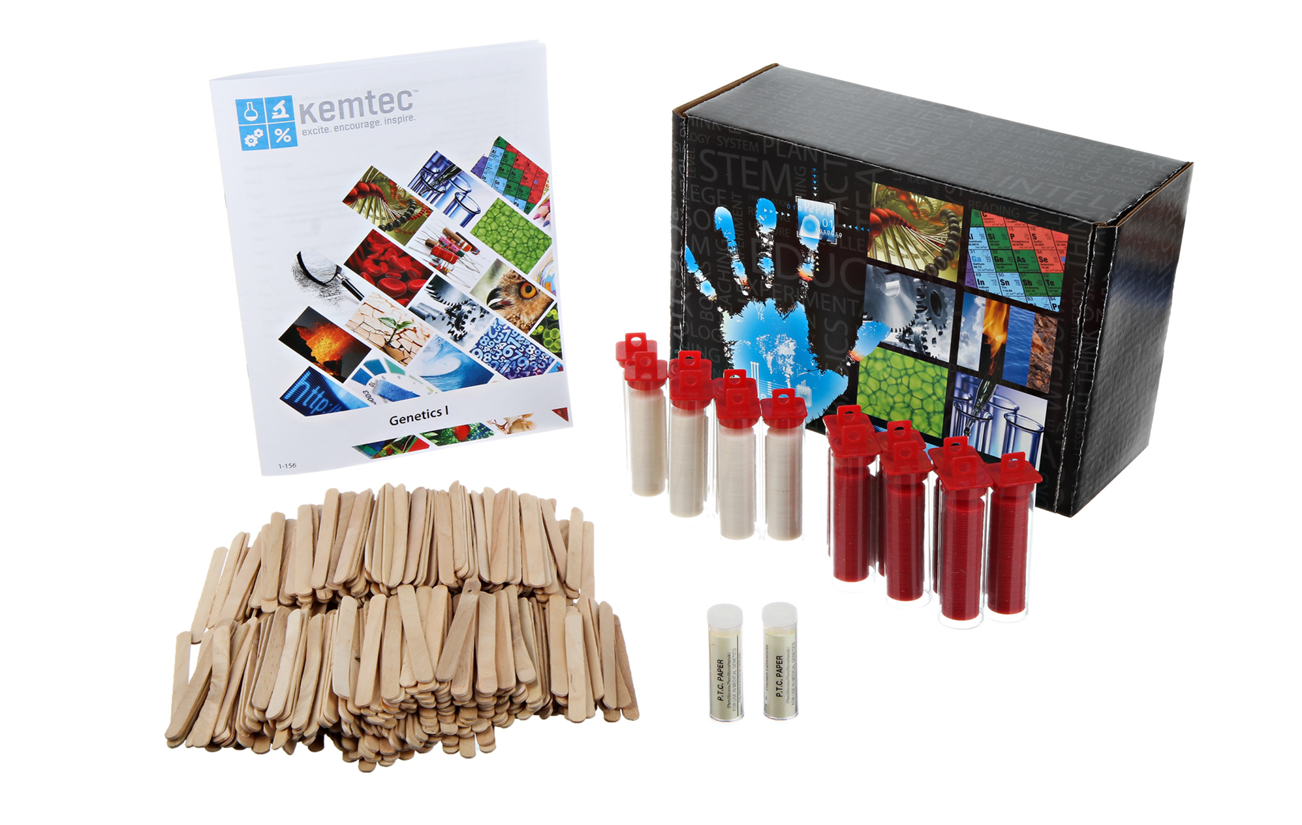
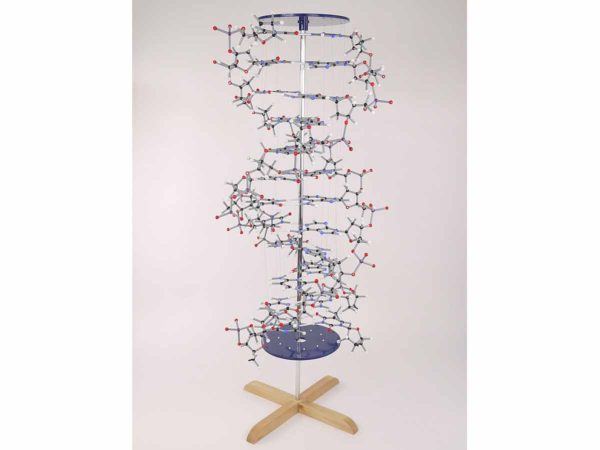

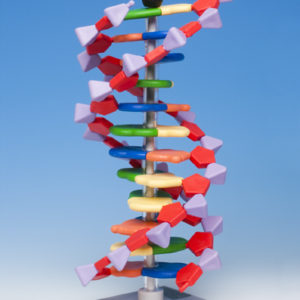
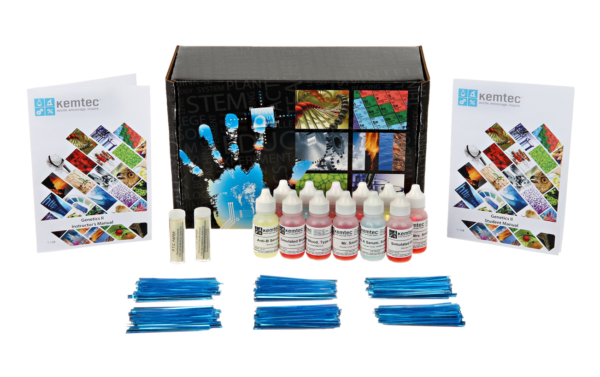

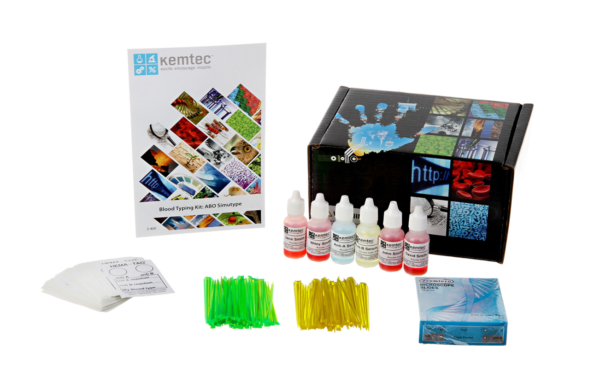
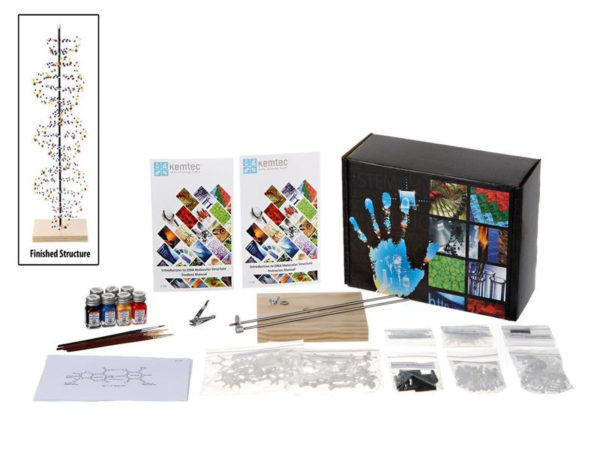
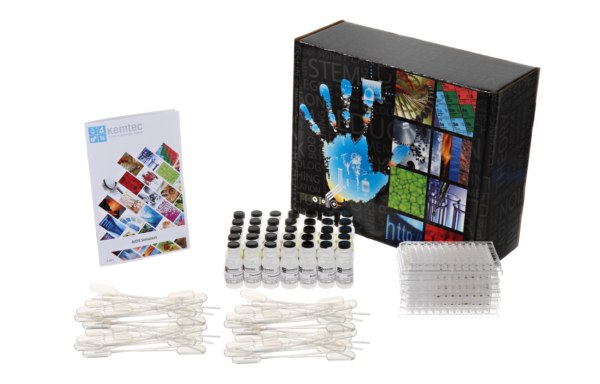
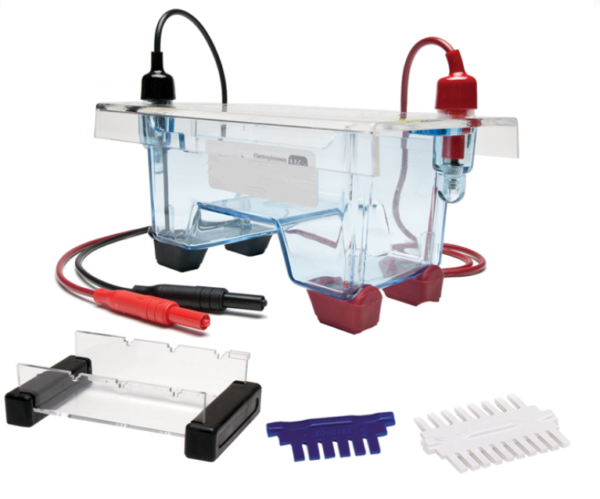
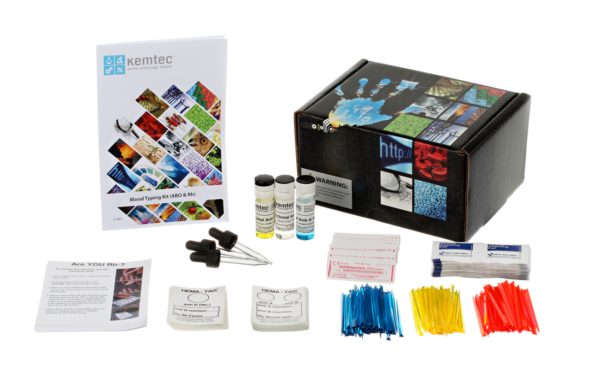
Reviews
There are no reviews yet.